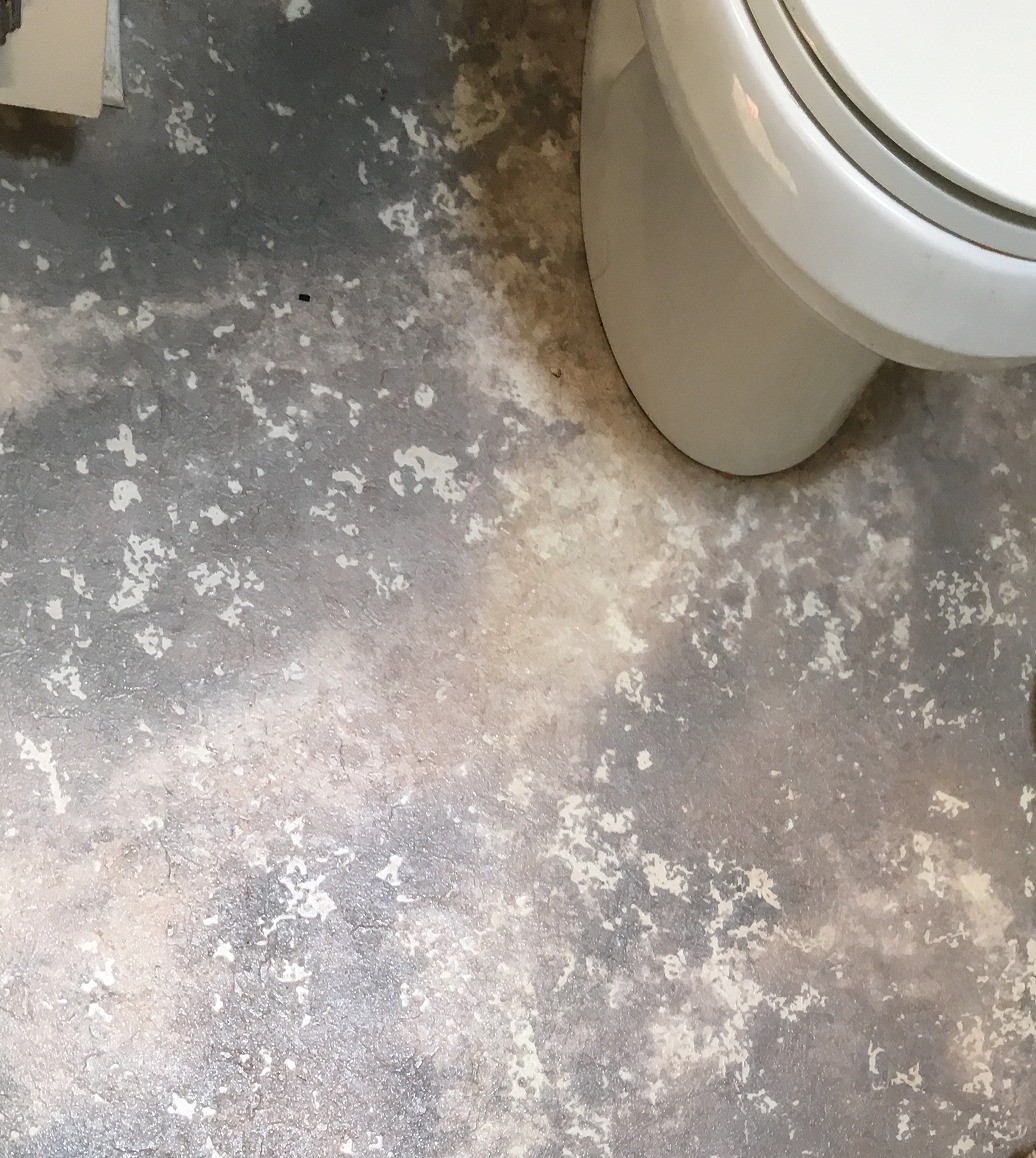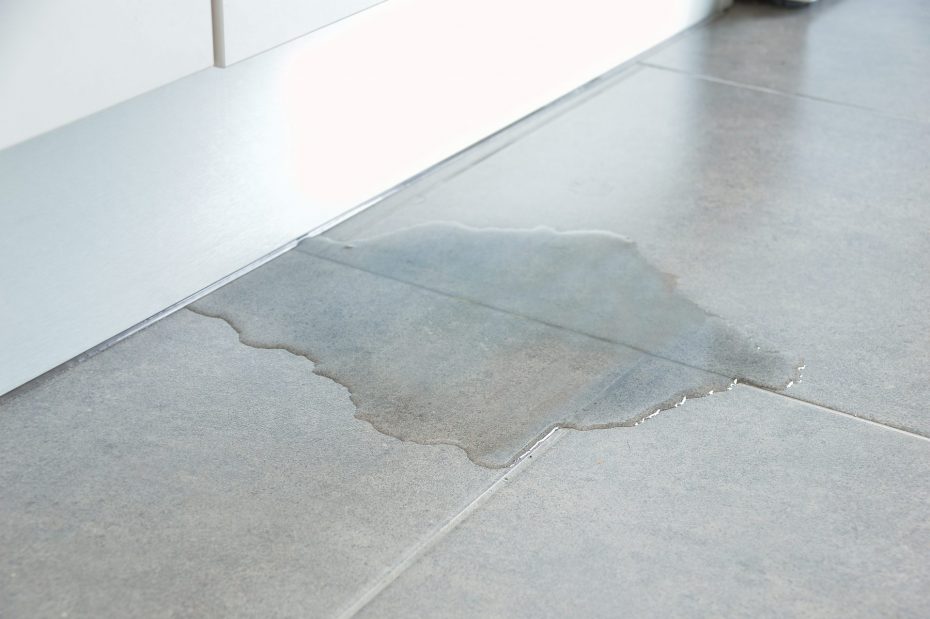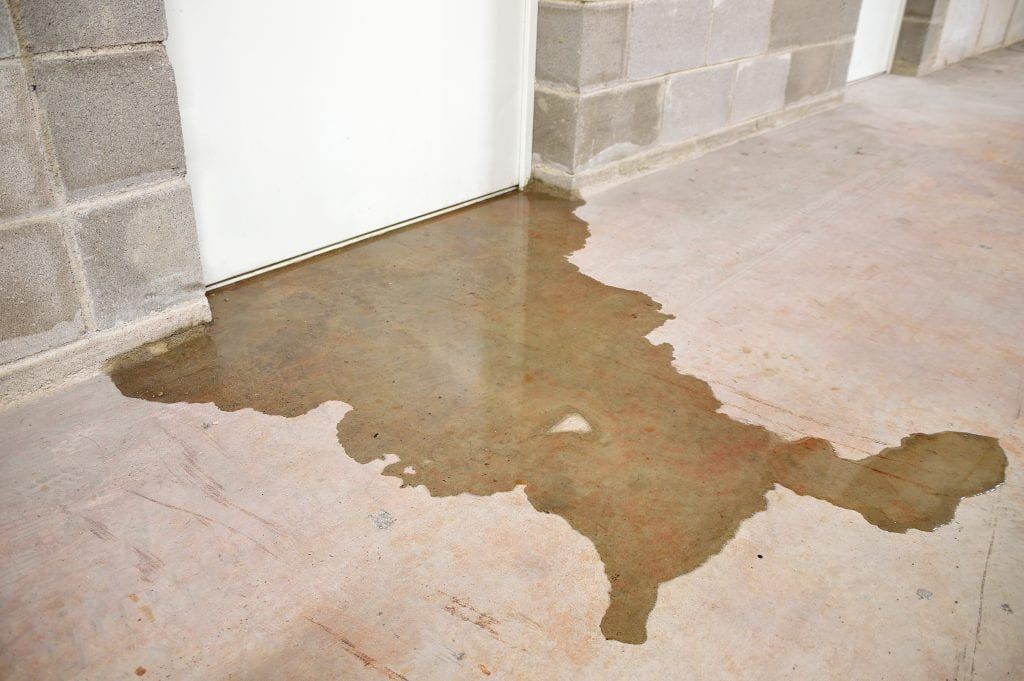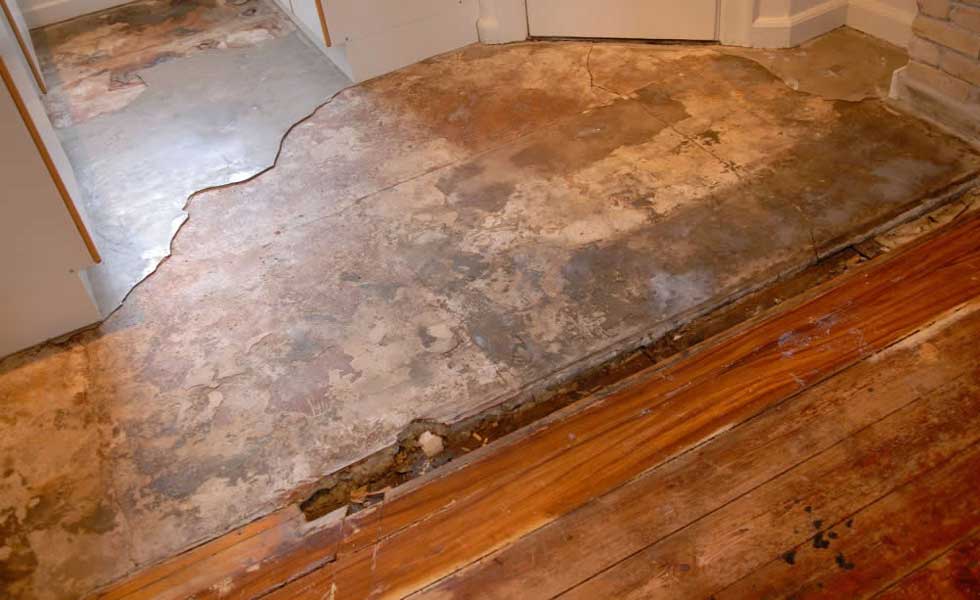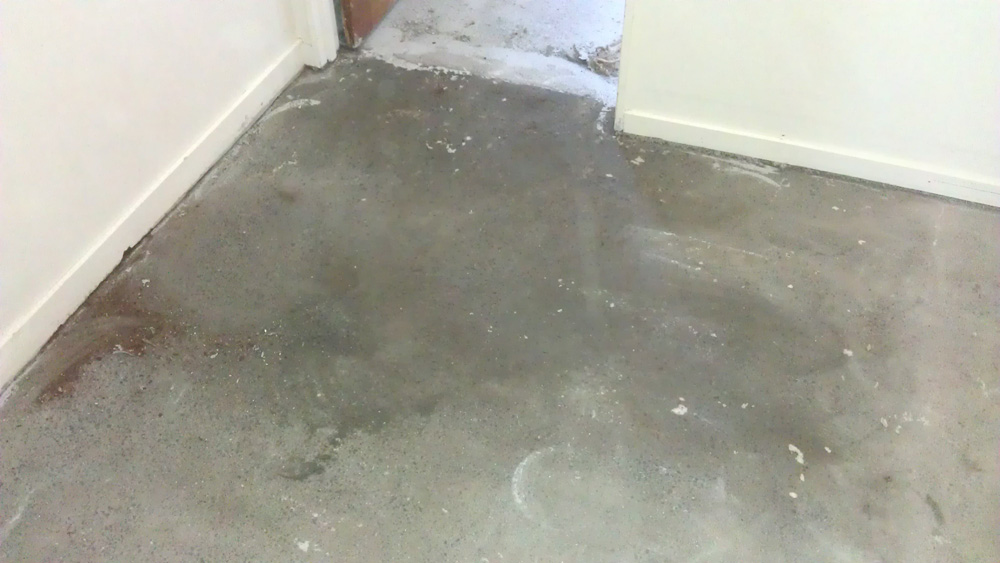Understanding the Causes of Damp Concrete Floors in the Kitchen
Damp concrete floors in the kitchen can be a frustrating problem for homeowners. Understanding the causes behind this issue is essential to effectively address and prevent it. Below are several factors that contribute to damp concrete floors in the kitchen and provide insights into how to mitigate them.
- Poor Drainage: One of the primary causes of damp concrete floors in the kitchen is poor drainage. When the kitchen floor is not properly sloped or lacks adequate drainage systems, water can accumulate and seep into the concrete, leading to dampness. Additionally, leaks from plumbing fixtures or appliances can exacerbate the issue. Ensuring proper drainage and promptly fixing any leaks is crucial for preventing dampness in the kitchen floor.
- Condensation: Condensation is another common cause of dampness in concrete floors. It occurs when warm, moist air comes into contact with the cooler surface of the floor, causing moisture to accumulate. This is particularly prevalent in kitchens where cooking and hot water use are frequent. To combat condensation, proper ventilation and insulation should be implemented to minimize the temperature difference between the air and the floor surface.
- High Groundwater Levels: In some cases, high groundwater levels can seep into the kitchen’s concrete floor, leading to dampness. This is more likely to occur in areas with poor soil drainage or during heavy rainfall periods. Installing a waterproofing system, such as a damp-proof membrane, can help prevent groundwater from infiltrating the concrete floor and causing dampness.
- Inadequate Moisture Barrier: A lack of an effective moisture barrier during the construction of the kitchen floor can contribute to dampness. Moisture barriers, such as plastic sheets or specialized coatings, act as a barrier between the concrete slab and the ground, preventing moisture from penetrating the floor. If the moisture barrier is compromised or absent, it can allow moisture to seep into the concrete, resulting in dampness.

The Impact of Dampness on the Structural Integrity of Concrete Flooring
Dampness in concrete flooring can have a significant impact on its structural integrity. It is essential to recognize and address this issue promptly to prevent further damage. Let’s discuss the potential consequences of dampness on concrete flooring and discuss the importance of taking appropriate measures to mitigate its effects.
- Weakening of Concrete: Dampness can weaken the concrete composition, compromising its load-bearing capacity. Moisture within the concrete can lead to the corrosion of reinforcing steel, resulting in structural instability. Over time, this can cause cracks, sagging, or even collapse of the floor. It is crucial to address dampness promptly to prevent further deterioration.
- Mold and Mildew Growth: Dampness creates an ideal environment for mold and mildew growth, especially in the presence of organic materials such as wood or carpeting. Mold and mildew can not only damage the aesthetics of the concrete flooring but also pose health risks to the occupants. They can trigger allergies, respiratory issues, and other health problems. Proper moisture control is essential to prevent mold and mildew growth.
- Damaged Floor Coverings: Dampness in concrete flooring can also damage floor coverings such as tiles, laminates, or carpets. Moisture can seep through the flooring material, causing it to warp, buckle, or delaminate. This not only affects the appearance of the floor but also necessitates costly repairs or replacements. Addressing the underlying dampness issue is crucial to preserve the integrity of the floor coverings.
- Increased Energy Consumption: Damp concrete floors can lead to increased energy consumption. Moisture conducts heat more effectively than dry concrete, resulting in a loss of thermal insulation. This can lead to higher heating or cooling costs as the HVAC system works harder to maintain a comfortable temperature. By addressing dampness, homeowners can improve energy efficiency and reduce utility expenses.
Effective Solutions for Treating Damp Concrete Floors in the Kitchen
Treating damp concrete floors in the kitchen is crucial to prevent further damage and maintain a healthy living environment. We will explore effective solutions for addressing dampness in kitchen floors, ensuring long-term durability and comfort.
Identify the Source of Dampness: The first step in treating damp concrete floors is to identify the source of moisture. This may involve inspecting the kitchen for leaks, checking plumbing fixtures, or assessing the drainage system. By pinpointing the root cause, homeowners can address the issue more effectively.
Improve Drainage: Improving drainage is a key solution for treating dampness in kitchen floors. This may involve regrading the kitchen floor to ensure proper slope towards existing drains or installing new drainage systems. Adequate drainage will prevent water accumulation and minimize the risk of dampness.
Install a Damp-Proof Membrane: Installing a damp-proof membrane is an effective solution for preventing moisture from seeping into the concrete floor. This membrane acts as a barrier, preventing water vapor from penetrating the floor. It is typically applied during construction or renovation and should be installed by professionals for optimal results.
Enhance Ventilation and Insulation: Proper ventilation and insulation play a crucial role in reducing condensation and minimizing moisture buildup. Installing extractor fans, opening windows, or using dehumidifiers can help improve air circulation and reduce humidity levels. Additionally, insulating the kitchen floor can prevent temperature differentials, reducing the likelihood of condensation.
Seek Professional Assistance: If dampness persists despite implementing preventive measures, it is advisable to seek professional assistance. Waterproofing specialists or contractors with expertise in concrete floor repairs can assess the extent of the problem and recommend suitable solutions. Their expertise and experience can ensure a long-lasting and effective treatment for damp concrete floors.
Preventative Measures to Avoid Dampness in Concrete Flooring
Preventing dampness in concrete flooring is essential to maintain a healthy and structurally sound home. By implementing preventative measures, homeowners can avoid the costly and time-consuming issues associated with dampness. Here are some effective preventative measures to avoid dampness in concrete flooring.
Adequate Site Preparation: Proper site preparation is crucial for preventing dampness in concrete flooring. This includes ensuring adequate drainage by grading the area away from the house and installing a proper drainage system. Additionally, a moisture barrier, such as a damp-proof membrane, should be installed during construction to prevent moisture from seeping into the concrete.
Choose Suitable Flooring Materials: Selecting suitable flooring materials can also help prevent dampness in concrete flooring. Some materials, such as ceramic tiles or vinyl, are naturally resistant to moisture and can withstand damp conditions. Avoiding materials that are prone to water damage, such as wood or carpet, can minimize the risk of dampness.
Maintain Proper Ventilation: Proper ventilation is essential for preventing dampness in concrete flooring. Ensure that the kitchen is well-ventilated, especially during activities that generate moisture, such as cooking or dishwashing. Installing extractor fans or opening windows can help remove excess moisture and minimize the risk of dampness.
Regular Inspection and Maintenance: Regular inspection and maintenance of the kitchen and concrete flooring are vital for preventing dampness. Check for leaks, cracks, or any signs of moisture regularly. Promptly address any issues to prevent further damage. Additionally, maintain proper cleanliness to minimize the risk of mold or mildew growth.
Manage Humidity Levels: Managing humidity levels in the kitchen is crucial for preventing dampness in concrete flooring. Use dehumidifiers or air conditioners to control humidity, especially in humid climates. Keep the kitchen well-ventilated and avoid excessive moisture buildup to maintain a dry environment.
The Importance of Proper Maintenance for Damp-Prone Concrete Floors in the Kitchen
Proper maintenance is essential for damp-prone concrete floors in the kitchen to prevent further damage and ensure their longevity. Regular upkeep and timely repairs can help homeowners avoid costly issues associated with dampness. Let’s discuss the importance of proper maintenance for damp-prone concrete floors in the kitchen.
Regular Cleaning and Drying: Regular cleaning and drying are essential maintenance practices for damp-prone concrete floors. Clean up spills promptly and ensure the floor is thoroughly dried to prevent moisture from seeping into the concrete. Regular sweeping or vacuuming can also remove any debris that may contribute to dampness.
Inspect for Cracks and Damage: Regularly inspecting the concrete floor for cracks or damage is crucial for identifying potential areas of dampness. Cracks can allow moisture to penetrate the concrete, leading to dampness. Promptly address any cracks or damage by filling them with appropriate sealants or contacting a professional for repairs.
Reseal the Concrete Floor: Resealing the concrete floor periodically can help maintain its moisture resistance. Over time, the original sealant may wear off, making the floor more susceptible to dampness. Consult a professional to determine the appropriate frequency and method for resealing the concrete floor in the kitchen.
Address Plumbing or Appliance Leaks: Plumbing or appliance leaks can contribute to dampness in the kitchen. Regularly inspect plumbing fixtures and appliances for any signs of leaks or water damage. Promptly address any issues by repairing or replacing faulty components to prevent further dampness in the concrete floor.
Monitor Humidity Levels: Monitoring humidity levels in the kitchen is crucial for maintaining a damp-free concrete floor. High humidity can contribute to moisture buildup and increase the risk of dampness. Use a hygrometer to measure the humidity levels regularly and take necessary steps to reduce humidity if it exceeds recommended levels. This can include using dehumidifiers, ensuring proper ventilation, or using air conditioning when necessary.
Implement Preventative Measures: Implementing preventative measures can significantly reduce the risk of dampness in the kitchen’s concrete floor. This can include using rugs or mats in areas prone to spills or moisture, such as near the sink or stove. These can help absorb any moisture and prevent it from seeping into the concrete. Additionally, consider using waterproof or moisture-resistant coatings on the concrete floor to provide an extra layer of protection.
Address Drainage Issues Promptly: If you notice any signs of poor drainage, such as standing water or slow drainage, address the issue promptly. This can involve clearing clogged drains, regrading the kitchen floor to improve the slope, or installing additional drainage systems if necessary. By ensuring proper drainage, you can prevent water from accumulating and seeping into the concrete, reducing the risk of dampness.
Seek Professional Help if Needed: If you’re experiencing persistent dampness in your concrete floor despite your best efforts, it may be time to seek professional help. A waterproofing specialist or a contractor with expertise in concrete floors can assess the situation and provide tailored solutions to address the dampness. They may recommend more extensive waterproofing measures or repairs to ensure the long-term integrity of your kitchen floor.
Water Seeping through a Concrete Slab Floor Contractor Quotes
Repairing Solid Floors Homebuilding
Damp Proofing a Garage Floor DIY Doctor
Solve Damp in Concrete Floors Peter Cox Damp Experts
Rising damp coming through chipboard on concrete floor DIYnot Forums
Related Posts:
